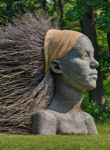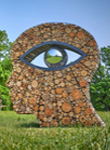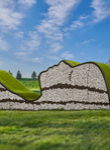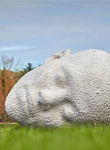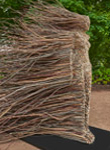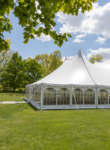Ironwood is a tough understory tree with beautiful birch-like leaves, grayish-brown flaky bark, fine-textured drooping branches, and attractive hop-like fruits. Ironwood is considered one of Illinois’ toughest native hardwoods and is not only ornamental but resistant to many disease and insect problems. Excellent tree for naturalized landscapes.
This species is native to the Chicago region according to Swink and Wilhelm’s Plants of the Chicago Region, with updates made according to current research.
- Family (English) Birch
- Family (botanic) Betulaceae
- Planting site City parkway, Residential and parks, Wide median
- Tree or plant type Tree
- Foliage Deciduous (seasonally loses leaves)
- Native locale Chicago area, Illinois, North America
- Size range Medium tree (25-40 feet), Large tree (more than 40 feet)
- Mature height 25-40 feet
- Mature width 15-40 feet
- Light exposure Full sun (6 hrs direct light daily), Partial sun / shade (4-6 hrs light daily)
- Hardiness zones Zone 3, Zone 4, Zone 5 (Northern Illinois), Zone 6 (City of Chicago), Zone 7, Zone 8, Zone 9
- Soil preference Moist, well-drained soil
- Tolerances Alkaline soil, Dry sites
- Season of interest midsummer, late summer, early fall
- Flower color and fragrance Inconspicuous
- Shape or form Pyramidal, Round
- Growth rate Slow
- Transplants well No
- Wildlife Browsers, Small mammals, Songbirds
- Has cultivars Yes

